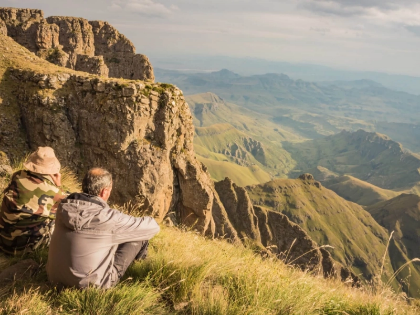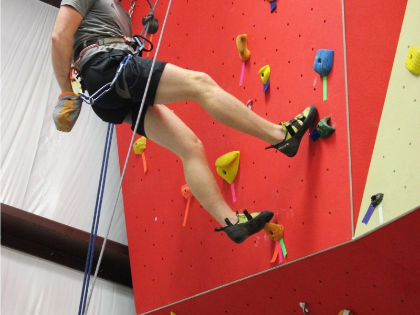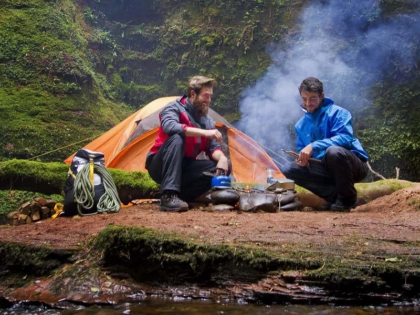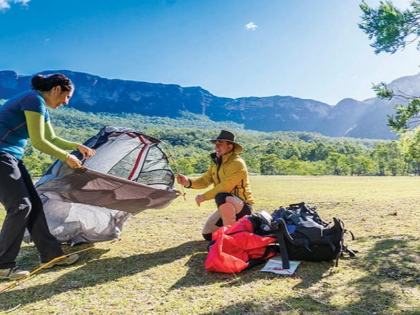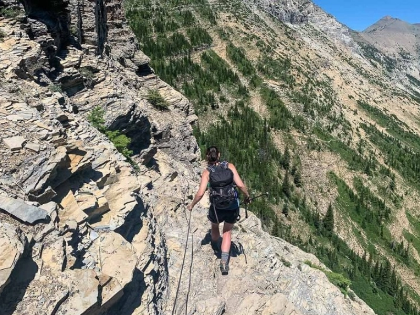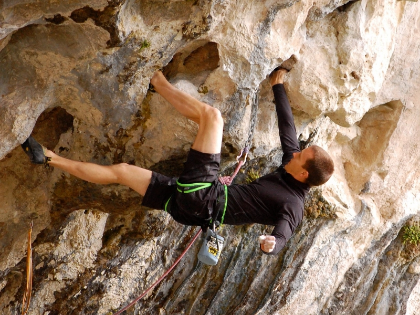Is Hiking More About Strength Or Endurance?
Hiking is a well-liked physical activity that enhances mental and physical clarity. But if you're not prepared, trekking may also be physically draining on your legs.
It's crucial to warm up your body for trekking with some basic aerobic exercises like jogging and easy movements like jumping jacks and high knees. Dynamic stretching involves moving through a range of motions, while static stretching uses static poses.
Tenacity

One of the keys to hiking well is being able to hike for extended periods of time at a steady pace, especially on multiday hikes. It requires endurance to reach the peak and return, whether you're hiking a day's worth of trails or climbing Kilimanjaro.
Hiking works several different muscle groups and offers an excellent cardio workout. To boost your cardiovascular endurance, it's crucial to incorporate additional cardio exercises. Because it engages different muscles than walking and builds endurance, trail running is a great option.
Make sure to gradually increase your mileage when exercising for endurance. Pushing yourself too hard might lead to exhaustion and raise your chance of getting hurt. Additionally, practice hiking with one leg at a time to strengthen your balance. This will assist you in preventing injuries brought on by repeatedly utilising the same muscles.
Power

A common cross-training activity for endurance athletes, like marathon runners, is hiking. Hiking provides a low-intensity workout that increases aerobic base and endurance, in contrast to sprinting. It boosts core strength, strengthens bones and legs, and enhances heart health and balance.
To strengthen your upper and lower bodies, take a walk up and down hills. Another exercise you can perform is hill repeats, which include running back down a hill after hiking to its summit. As you get more used to the activity, you can gradually increase the number of hills.
While hiking is a great way to receive cardio-based training, you can also get the most out of your hikes and lower your chance of injury by including strength-based workouts. An excellent exercise to strengthen your core and increase your stability when hiking with a large pack or over rough terrain is the hang knee raise. When your muscles are warm and supple from your cardio workout, perform these movements.
Adaptability

As a full-body workout, hiking calls for a certain amount of flexibility. This is an area of training that many hikers choose to ignore, yet it's critical to both enjoying the path and preventing injury. When you finish a hiking session, you should stretch while your muscles are still warm. You should hold static stretches for a minimum of thirty seconds.
Hiking involves movement in numerous directions, such as climbing over fallen trees and avoiding slippery rocks, in contrast to typical exercises that focus on movement in only one direction, either north or south. The stabilising muscles that contract to stop typical hiking problems like knee, hip, and back pain are also strengthened by this dynamic activity.
Strive to walk for as long as it takes to finish a goal walk every week to increase your endurance. This will increase your comfort level and get you ready for multi-day backpacking adventures that involve longer distances. "Rucking" is the process of adding weight to your pack during training to help your body become acclimated to carrying big loads for extended periods of time.
Harmony
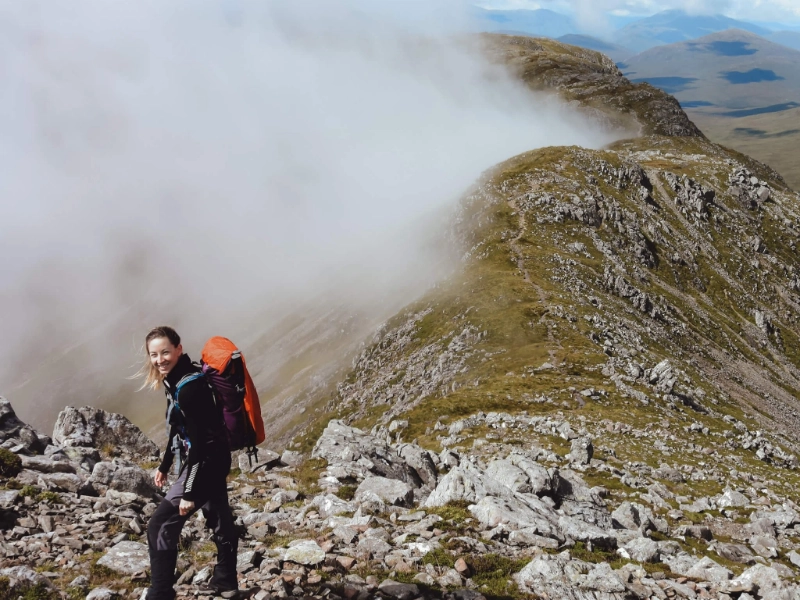
Hiking is a full-body workout that requires stamina, strength, and balance. Hiking, in contrast to treadmill walking, adds a level of challenge that you might not experience in a gym workout because it demands you to navigate over uneven terrain while carrying a pack on your back.
Hikes typically consist of ascending a hill or mountain and then descending it. This combo develops your quadriceps, glutes, hamstrings, and calves and teaches you to defy gravity, making it an excellent leg workout.
Muscular endurance training often entails performing high repetitions of exercises like lunges and squats, anywhere from 15 to 50 repetitions per set. However, this method can be a little too taxing for hikers, particularly if you're trying to prepare your body for hiking. Cortese suggests an alternative kind of exercise called a superset, in which you perform multiple related exercises back-to-back without taking a break. This keeps you from becoming bored while strengthening the muscles used for hiking.



